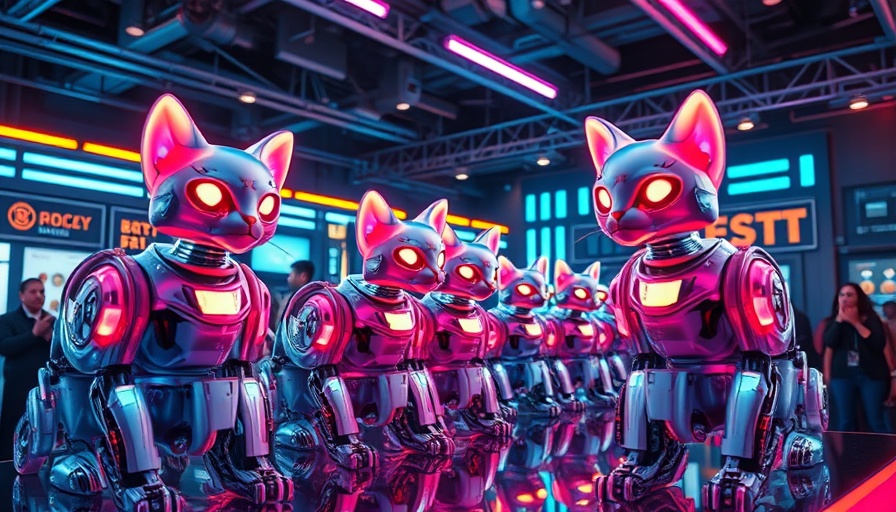
The Rise of AI Action Figures: A New Craze in 2025
As we dive into 2025, an unprecedented AI trend is captivating social media users. Much like the fever around Pokémon cards in the ’90s, the latest fixation involves turning ourselves into collectible action figures. Imagine seeing your friends and pets transformed into animated figures, complete with unique accessories and backstories. This whimsical craze comes in the wake of the Ghibli style phenomenon that sent AI image generation into overdrive.
Transforming Pets into Humanoid Figures: Fun or Sinister?
Equally popular, albeit more unsettling, is the trend that humanizes our beloved pets. It raises fascinating questions about identity and attachment. Users can create humanized versions of their cats and dogs, which not only entertains but also forces us to reflect on our relationship with pets and technology. Is this progress in understanding companionship, or does it blur the line of reality and fantasy?
Creating Your Own Action Figures
The process for creating these unique action figures is surprisingly accessible. Many social media platforms now showcase users generating images of plastic-sealed toys based on personal photographs. This is enhanced through AI prompts that allow anyone to design their toy, incorporating elements like "special abilities" and backgrounds. This trend is fostering a new wave of creativity, encouraging users to express their individuality in unprecedented ways.
The Future of AI Trends in Everyday Life
As the blending of AI with our daily experiences continues to evolve, we can expect further innovations that will reshape how we interact with both technology and each other. The future might hold even more bizarre and captivating trends, encouraging creativity while challenging our perceptions of reality. What will our reflections look like when technology can literally animate our dreams and fantasies?
In this wild new world of AI transformations, where do we draw the line between creativity and ethical implications? The answer is not straightforward, but these trends invite us to think critically about our interactions with technology and their repercussions in our daily lives.
 Add Row
Add Row  Add Element
Add Element 



Write A Comment